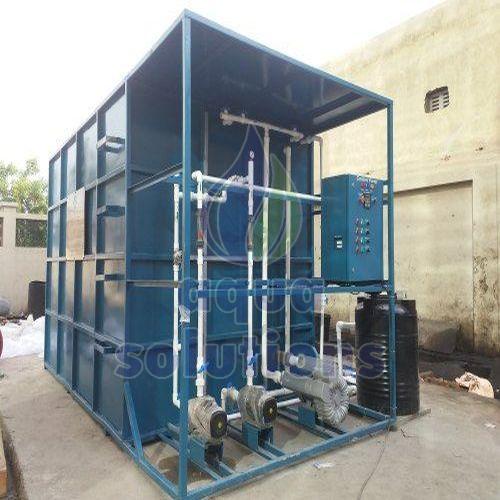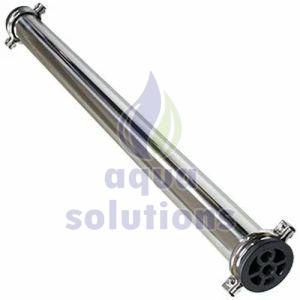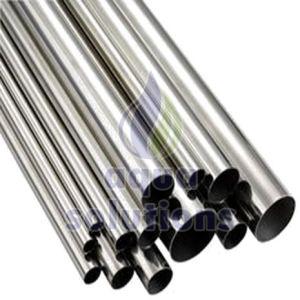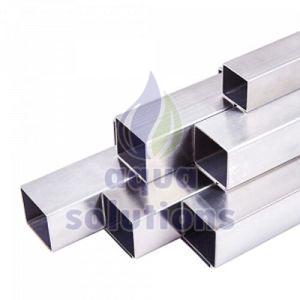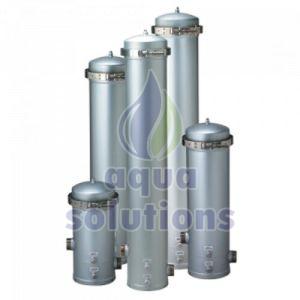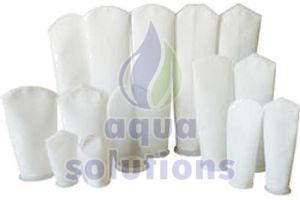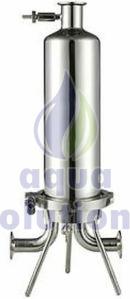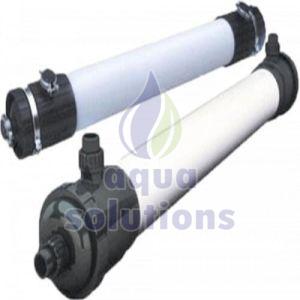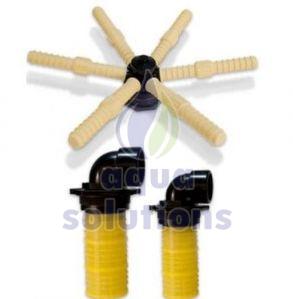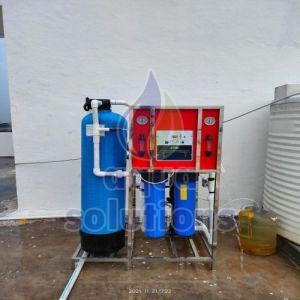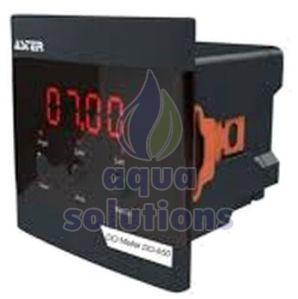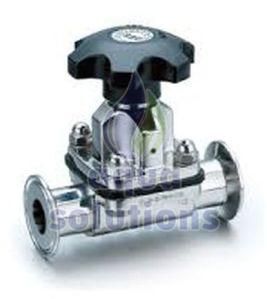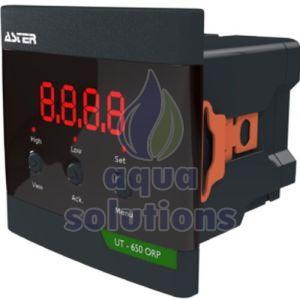aquasolutions87@gmail.com - GST NO. : 27AHBPJ8891L1ZP
| Business Type | Manufacturer, Exporter, Supplier |
| Country of Origin | India |
| Material | RCC, MS, FRP-based Construction |
| Application | Residential Complexes, Hotels, Hospitals, Institutions, Municipalities |
| Click to view more | |
Product Details
Sewage Treatment Plant (STP) – Overview
A Sewage Treatment Plant (STP) is an engineered facility designed to treat wastewater by removing contaminants before safe discharge or reuse. It employs a combination of physical, chemical, and biological processes to handle sewage from residential, commercial, and industrial sources. The result is treated water (effluent), which can either be safely released into natural water bodies or reused for non-potable purposes.
Key Components and Treatment Stages 1. Preliminary Treatment
This initial phase removes large solids like rags, plastics, and grit using screening systems and grit chambers.
2. Primary Treatment
Sedimentation tanks allow heavier particles to settle, forming primary sludge, which is separated from the clarified water.
3. Secondary Treatment
Biological processes involving microorganisms degrade dissolved and suspended organic matter, reducing the Biological Oxygen Demand (BOD) and pollutants.
4. Tertiary Treatment (Optional)
Advanced purification steps like filtration, UV disinfection, or chemical dosing may be applied depending on the end-use of the treated water.
5. Sludge Treatment and Disposal
Sludge collected from various treatment stages undergoes further processing—typically digestion, thickening, or dewatering—and is then properly disposed of or reused.
Purpose and Importance
Environmental Protection
Helps prevent contamination of water bodies by effectively removing pollutants.Public Health Safeguard
Reduces disease transmission by treating sewage that may carry harmful pathogens.Water Conservation
Treated water can be reused for flushing, irrigation, cooling towers, or landscaping, thus supporting sustainable resource management.Regulatory Compliance
Ensures that effluent discharge meets prescribed environmental norms and legal standards.

